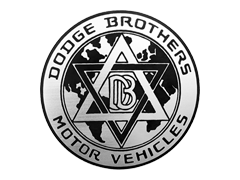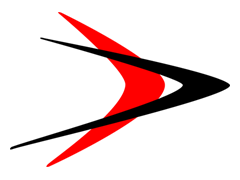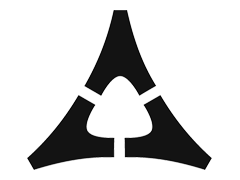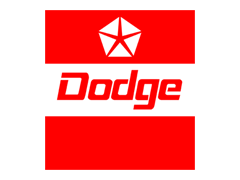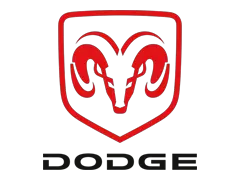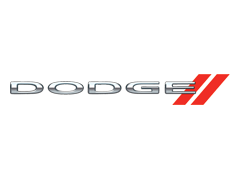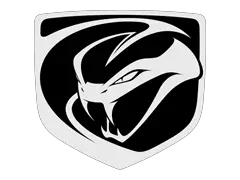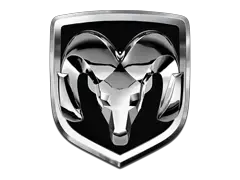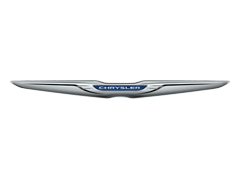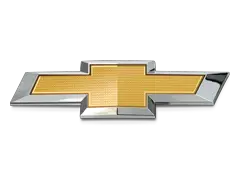The name "Dodge" originates from the surname of the brothers John Francis Dodge and Horace Elgin Dodge, who founded the Dodge Brothers Company in 1900. The Dodge brothers initially manufactured automotive parts and components for other automobile companies before establishing their own brand. They later transitioned into producing complete automobiles under the Dodge Brothers brand.
The Dodge brand has a rich history that spans over a century, and the ram's head logo has become a highly recognizable and iconic symbol associated with the company. The ram's head logo has been used by Dodge since the 1930s, making it deeply intertwined with the brand's identity.
In 2010, Dodge underwent a rebranding that involved changing the main logo to a silvery font with two red diagonal lines. This updated logo aimed to symbolize agility and speed, aligning with the sporty character of the brand.
Despite this logo change, it's important to note that the Ram symbol has remained associated with the Dodge brand. While the Ram symbol was spun off into a separate company and logo for Ram Trucks, it still holds a connection to Dodge due to its shared history. The ram's head logo continues to be recognized as a symbol of strength, power, and ruggedness, qualities that are often associated with both Dodge and Ram vehicles.
Dodge Logo Timeline
01of 91910
PNG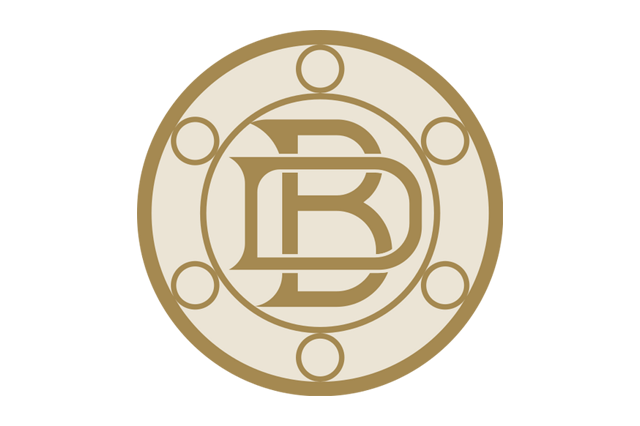
The first Dodge logo was developed in 1910, the initial Dodge logo featured a stylized bearing or circle, within which the monogram "DB" was placed. The "DB" monogram represented the Dodge Brothers, who founded the Dodge company. The logo had an industrial and stylish design that reflected the brand's presence in the automotive industry.
During this era, the logo design often incorporated elements that represented craftsmanship, engineering, and industrial strength. The use of the stylized bearing and the monogram "DB" served as a visual representation of the Dodge Brothers' commitment to quality and innovation.
02of 91914
PNG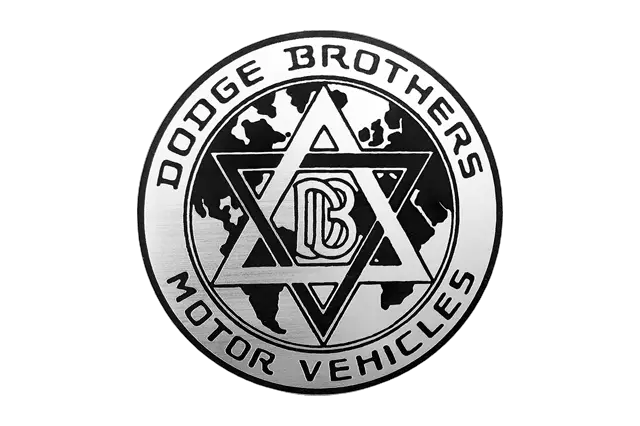
The 1914 Dodge logo featured a six-pointed star created by two intersecting triangles. The star was set against the background of a globe, symbolizing the global reach and fame of Dodge. The globe was surrounded by a black ring that displayed the text "DODGE BROTHERS MOTOR VEHICLES." Additionally, a modified "DB" monogram was placed in the center of the star.
This redesigned logo reflects the company's expansion into mass production of passenger cars and its growing recognition in the automotive industry. The incorporation of the globe and the "DB" monogram within the star emphasized the brand's global presence and the association with the Dodge Brothers.
03of 91928
PNG
In 1928, the Dodge logo was redesigned to be a simplified version of the previous logo. The new logo featured an uppercase inscription of the brand name in a narrow rounded serif typeface. The letters were executed in thick and stable lines, which gave the emblem a bold and powerful look.
This new logo design was a departure from the more elaborate and ornate earlier versions of the Dodge logo. The simplicity and stability of the design were intended to convey the strength and reliability of the brand's vehicles. The classic and timeless color palette of the logo, which typically featured white or silver lettering on a black or dark background, also contributed to the emblem's strong and enduring image.
04of 91955
PNG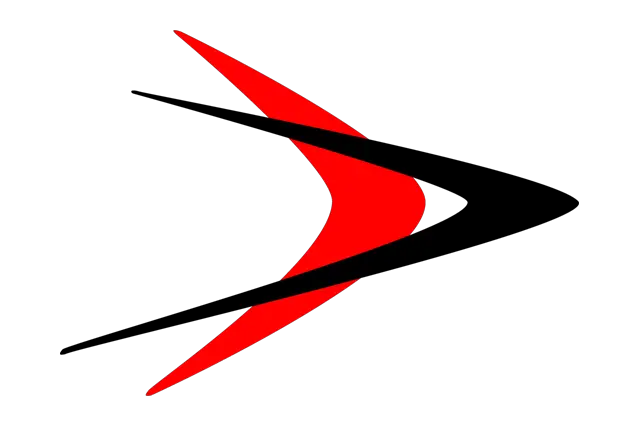
In 1955, the Forward Look design made its debut, and simultaneously, a new Dodge emblem was unveiled. This emblem, developed by Virgil Exner, featured two multi-colored boomerangs, one black and one red, superimposed on each other.
The design elements of the boomerangs and their symbolism conveyed a sense of speed, progress, and futuristic styling, aligning with the spirit of the Forward Look era and the advancements of the space program.
05of 91962
PNG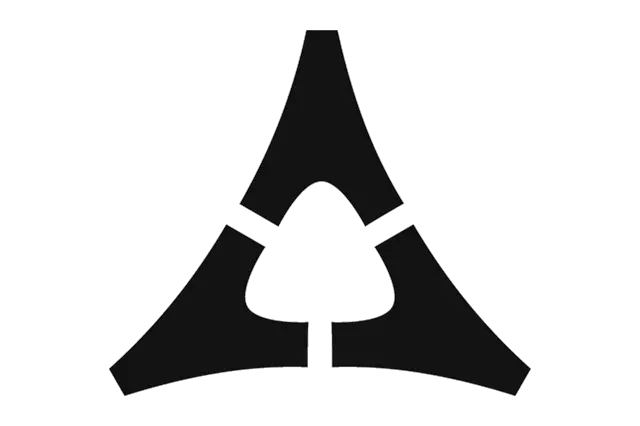
The Fratzog logo featured a stylized triangular shape, resembling three arrowheads stacked together and pointing in different directions. The design was intended to represent the center of the hub and the steering wheel. The designer came up with the name Fratzog at the management's request, which holds no specific meaning.
The Fratzog logo was a unique and distinctive emblem used specifically on these models during that period. It reflected Dodge's design approach and aimed to create an eye-catching and memorable visual identity for the Custom 880 and Polara 500 cars.
06of 91964
PNG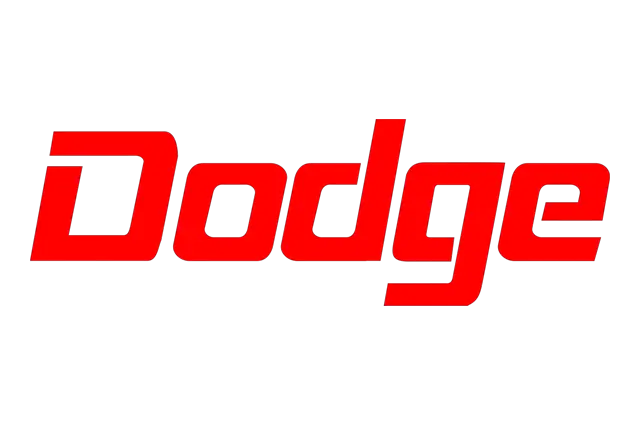
In 1964, Dodge began using a scarlet-red logotype as part of its branding. The logotype featured modern custom sans-serif typeface, with slanted letters that had open contours. This design choice added a sense of progress and lightness to the logo.
07of 91980
PNG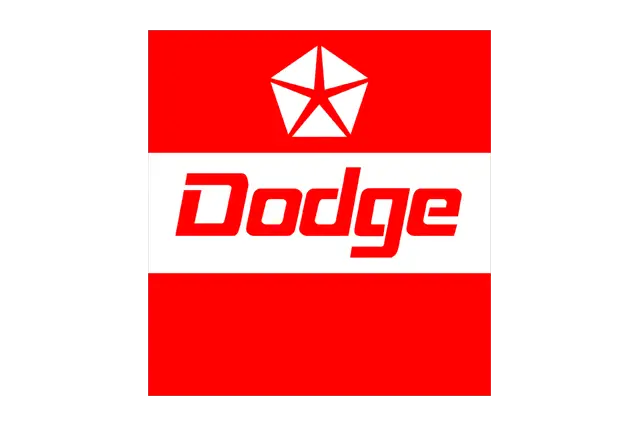
The Pentastar emblem was introduced and developed specifically for Chrysler by the Lippincott & Marguiles studio. The emblem featured a pentagonal figure with a narrow five-pointed star in the center. It became a distinctive symbol for Chrysler and represented the five divisions of the corporation: Chrysler, Plymouth, Dodge, Imperial, and Chrysler Marine.
While the Pentastar emblem was primarily associated with Chrysler, it was also used by Dodge. However, there was a color distinction between the two brands. Chrysler used the Pentastar emblem in blue, while Dodge utilized it in red. This color differentiation helped to differentiate between the two brands within the corporation.
08of 91994
PNG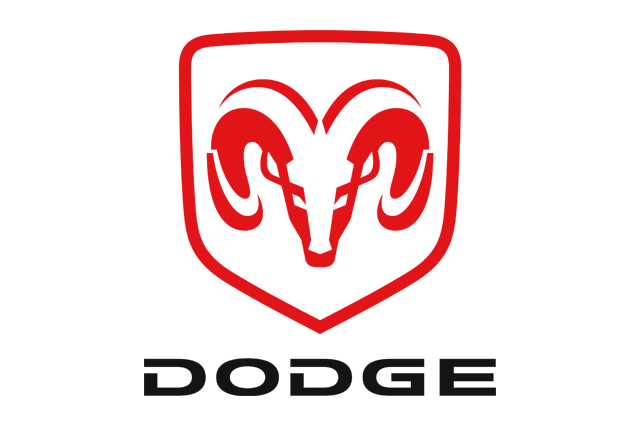
The ram's head symbol has a long history with Dodge, dating back to the 1930s. The original jumping ram mascot appeared on Dodge cars in 1932, and over time, the design evolved, leaving only the ram's head as a recognizable symbol by 1951.
After a period of not using the ram's head symbol, it made a comeback in 1993 with a new interpretation. The logo depicted a long-horned argali ram inside a white shield with a red outline. The black "DODGE" lettering was placed at the bottom, completing the logo design.
This updated logo design with the ram's head symbol aimed to evoke strength, power, and ruggedness, reflecting the qualities associated with Dodge vehicles. The use of the shield added a sense of protection and reliability.
09of 92010-Present
PNG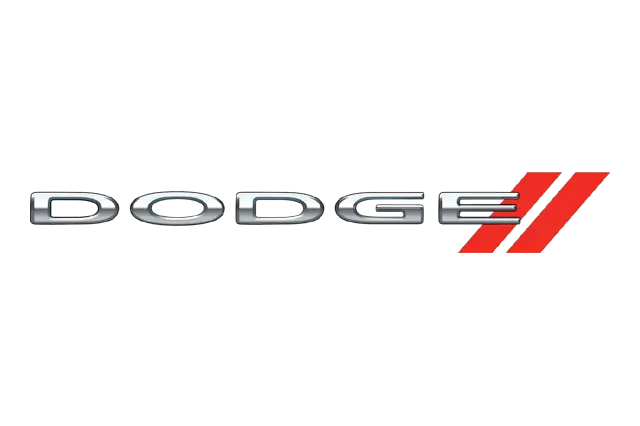
In 2010, Chrysler spun off the Ram line of trucks into a separate company and gave it the ram's head logo. This move created a distinction between Ram as a separate brand and Dodge as its own entity.
For Dodge, the advertising agency Wieden & Kennedy developed a new logo. The logo featured silver lettering with two red diagonal stripes at the end. The double slanting lines symbolized agility and speed, personifying the sporty character of the Dodge brand.
This updated logo design aimed to emphasize the dynamic and athletic qualities associated with Dodge vehicles. The silver lettering and red diagonal stripes created a visually striking and energetic appearance, aligning with the brand's image.
 Volkswagen
Volkswagen Toyota
Toyota Stellantis
Stellantis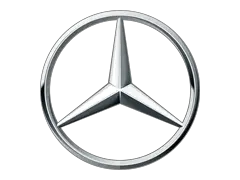 Mercedes-Benz Group
Mercedes-Benz Group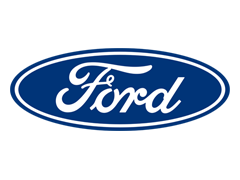 Ford Motor
Ford Motor Michelin
Michelin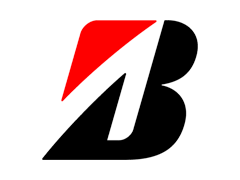 Bridgestone
Bridgestone Continental
Continental Goodyear
Goodyear Sumitomo
Sumitomo

